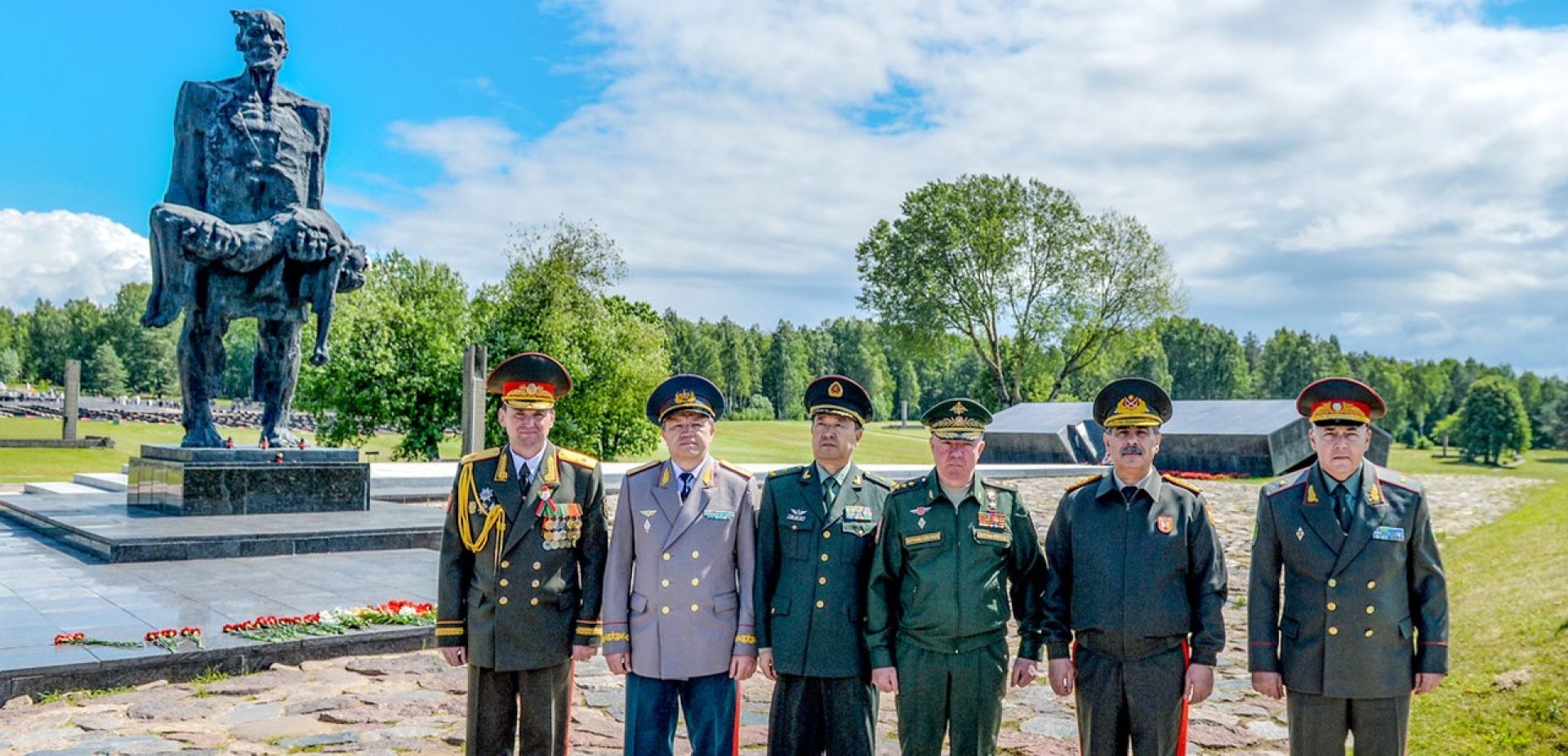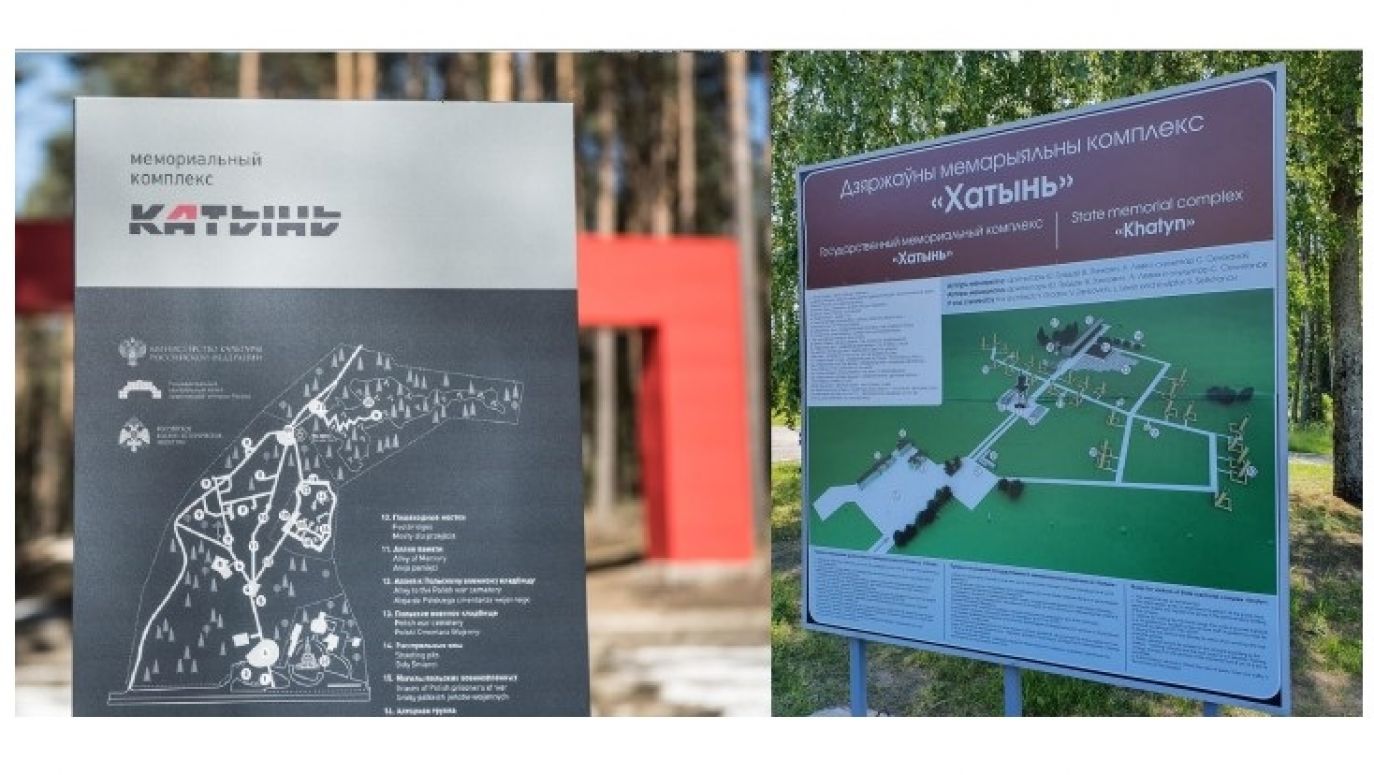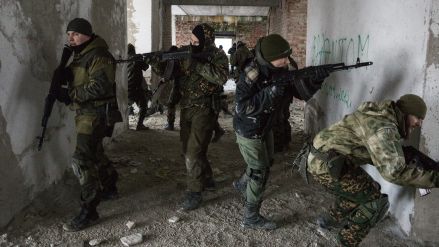The nightmare of war in the lands of Belarus is far too little known. Sometimes something will break through from monographs such as Leonid Grenkevich and David Glantz’s work
The Soviet Partisan Movement, 1941-1944: A Critical Historiographical Analysis, sometimes from essays such as
Kresy. Ars moriendi by Agnieszka Rybak and Anna Smółka. But in general, few people realise that this was the epicentre of “Bloodstained Lands”. Heart of darkness.
Bellum omnium contra omnes.
Reich Commissariat Death
Belarus was the only Soviet republic to be fully occupied by Third Reich troops. The vast majority of it became part of the Reich Commissariat East, scraps from the south were assigned to the Reich Commissariat Ukraine, the Belastok Voblast came under the supervision of the East Prussian Gauleiter, several districts were transferred to the General District of Lithuania. But the rest, the General District of Belarus, was one big training ground. And a jungle.
 SIGN UP TO OUR PAGE
SIGN UP TO OUR PAGE 
The
Einsatzgruppen went into the field, even earlier than in the General Government, to practise on local shtetls before the Holocaust began. Ghettos were established, the pre-war
killing field of the NKVD was taken over in Maly Trostynets near Minsk to establish first a starvation death camp for Red Army prisoners of war and then a classic extermination camp there. Belarusian historian Ihar Kuzniacou is of the opinion that before that, in 1940, some Polish prisoners of war from the so-called Belarusian Katyn list may have been buried there. But it is difficult to carry out excavations in a place that has been a landfill since 1956.
For Moscow, the loss of the Belarusian lands was, of course, a slap in the face – but also an opportunity to create its own training ground: as early as May 1942, the Central Headquarters of the Partisan Movement was established, headed, not coincidentally, by Panteleimon Ponomarenko, the first secretary of the Central Committee of the Communist Party of Belarus, temporarily deprived of the capital. It was in Belarus that the densest intelligence and military network was set up: nearly 400,000 partisans, supplied and parachuted in from behind the ever-closer front line, who tirelessly blew up trains and railway lines, bridges and stations.
Heart of darkness over Pripyat
But not only that. They also tried to drag the German forces, which were trying to build local self-governing structures, into the logic of a war of attrition, of relentless retaliation. The Germans did not need to be particularly provoked: of all people, the subhumans of Weißrussland do not need to be particularly pitied. Instead, they could be used as cannon fodder, so General Commissioner Wilhelm Kube was keen to create a self-defence force out of prisoners and collaborators: poorly equipped, operationally completely subordinate to the Wehrmacht, but completely sufficient for round-ups and pacification.
And yet there were still the structures of the Home Army, expanded within and outside the borders of the Second Polish Republic, pursued and liquidated by Soviet partisans. There were formations made up of ghetto escapees, supported, infiltrated and, in time, directly controlled by the Central Headquarters of the Partisan Movement. There were local units whose commanders dreamt of a post-war independent Belarus. There were Lithuanian-inspired units, and there were (with the tacit blessing of Berlin patrons) underground structures of “white” Russian émigrés operating in and around Minsk. And there were, most numerous, the most completely local units, formed within a single village, with a single operational directive: chase out all those who could bring misfortune on us. Survive.
Civil war, a war of all against all. A heart of darkness lying in the basin not of the Congo, but of Berezina and Pripyat. No one described it better than Józef Mackiewicz in
The Road to Nowhere. No wonder five thousand villages were burnt down during this war.


 SIGN UP TO OUR PAGE
SIGN UP TO OUR PAGE 





